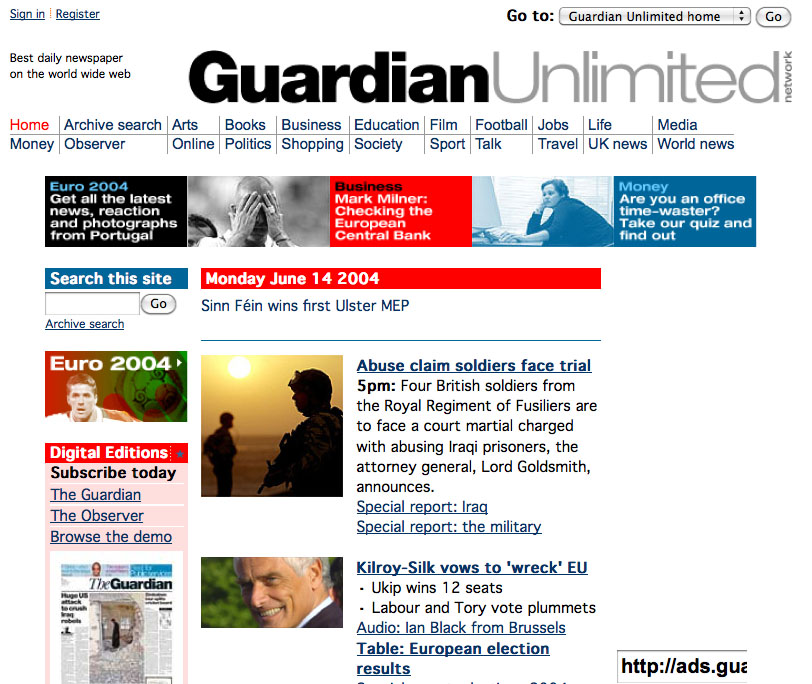We have started to curate a list of the UK’s 100 most influential journalists online. We have come up with the first 50 names, we need you to help us come up with the other 50 (and knock anyone out who shouldn’t be in the list). Tweet @journalismnews and include the hashtag #J100.
We’re using PeerIndex, a tool that provides a relative measure of your social capital and ranks you between 1 and 100. PeerIndex measures your relative effectiveness and impact on Twitter and can score anyone with a Twitter account. By signing up to PeerIndex you can also associate your LinkedIn, Facebook, Quora and Tumblr accounts, helping PeerIndex to provide a more accurate ranking.
This score reflects the impact of your online activities, and the extent to which you have built up social and reputational capital on the web.
At its heart PeerIndex addresses the fact that merely being popular (or having gamed the system) doesn’t indicate authority. Instead we build up your authority finger print on a category-by-category level using eight benchmark topics.
Someone, however, cannot be authority without a receptive audience. We don’t simply mean a large audience but one that listens and is receptive. To capture this aspect PeerIndex Rank includes the audience score we calculate for each profile.
Finally, we include the activity score so account for someone who is active has a greater share of attention of people interested in the topics they are interested in.
Here is an example the scoring system.
If you are in the top 20 per cent by authority in a topic like climate change [or in this case, as a journalist], it means you have higher authority than 80 per cent of other people who we measure within this topic. Your normalized authority score for this topic (the one displayed on your page) will be in the range of 55 to 65 (that is, significantly lower than 80).
But remember, a score of 60 puts you higher that 80 per cent of people we track in that topic. A score of 65, means you rank higher than 95 per cent of the people we track. And we focus on tracking the top people on a specific topic, not just anyone.
There are more details about scores and rankings here and here.
If you’re interested in finding out your score, enter your Twitter login details on the PeerIndex website and you’ll get your own ‘vital statistics’. You’ll also be able to select topics of relevance and compare yourself to others. You do not have to be registered to be included in our list of top 100 UK journalists by online authority







